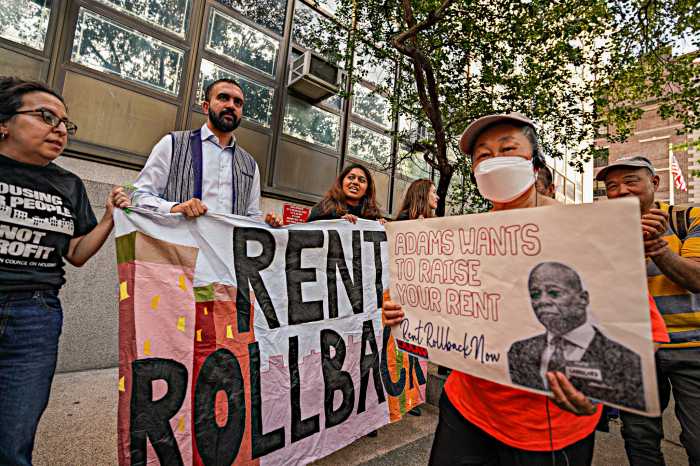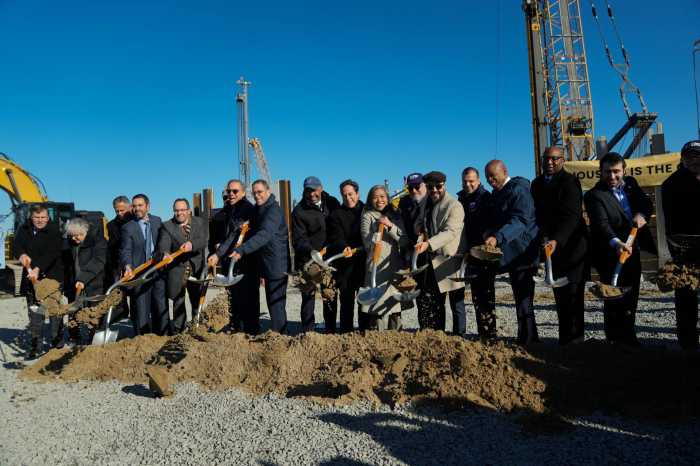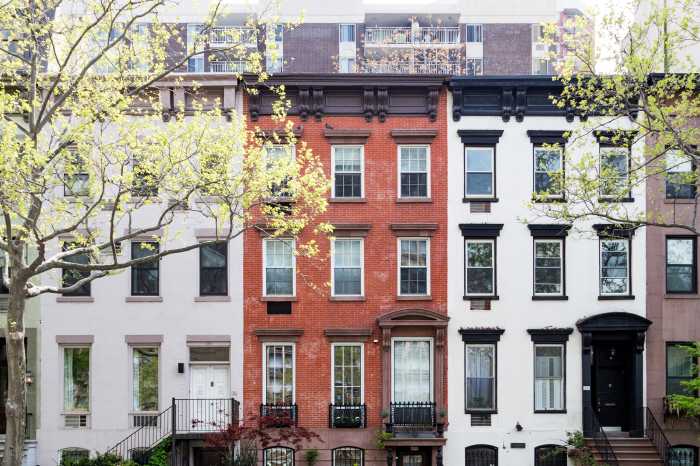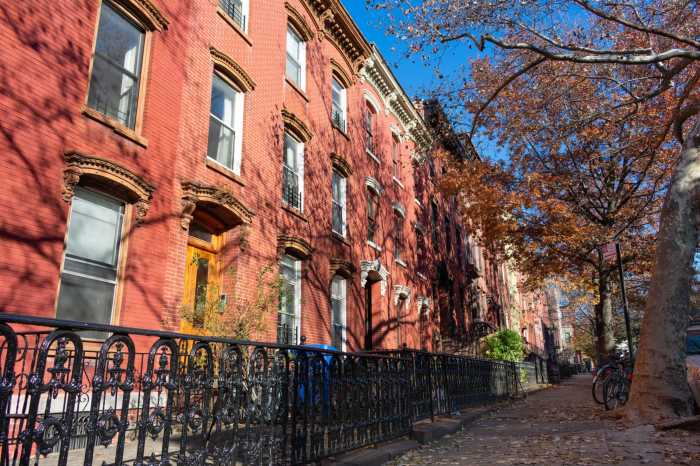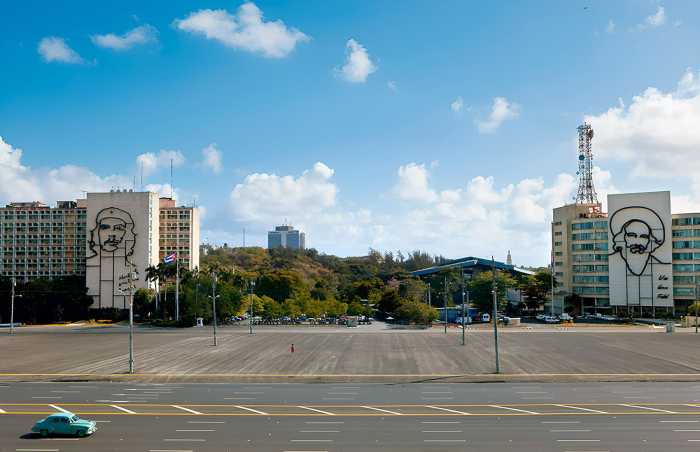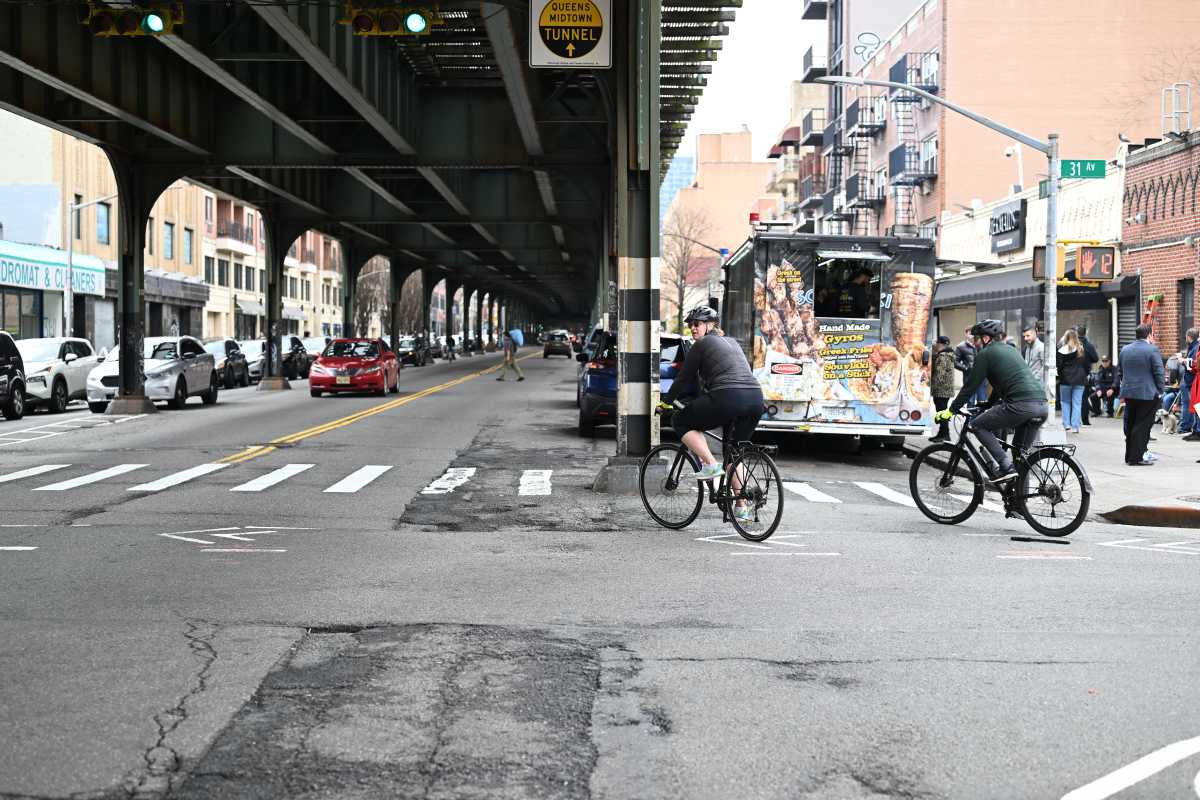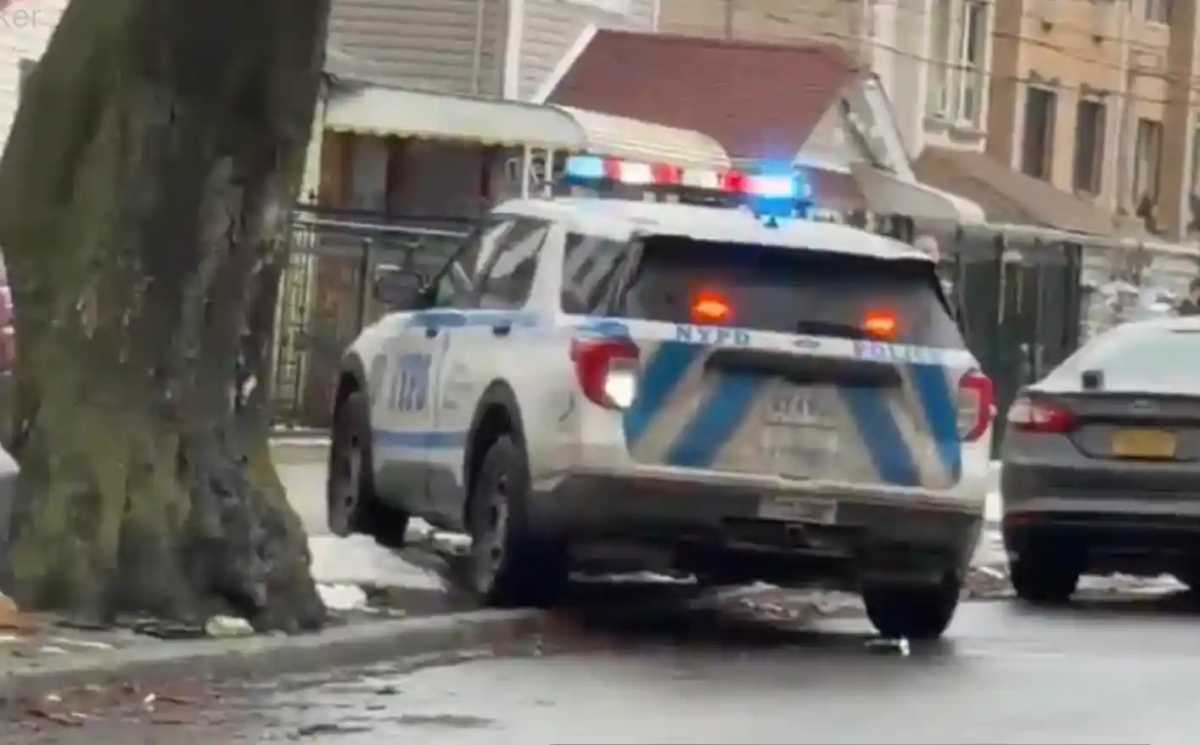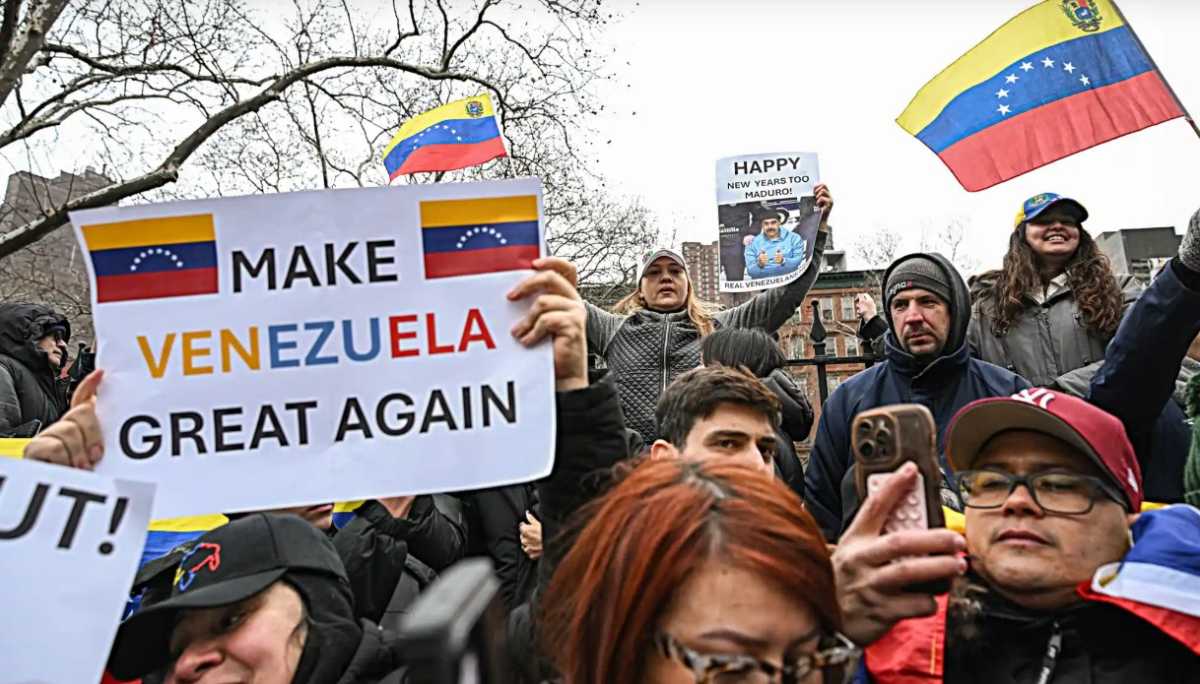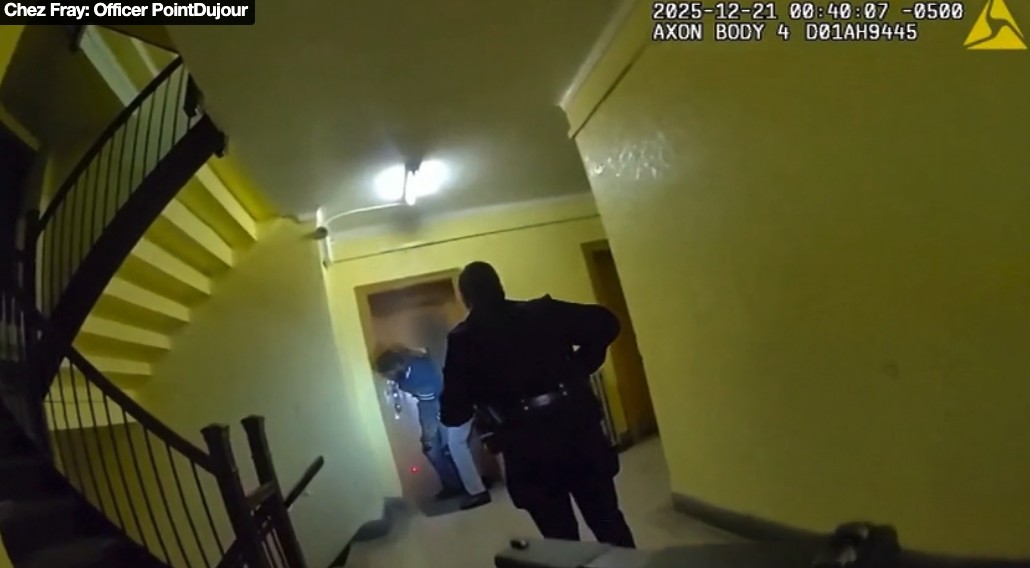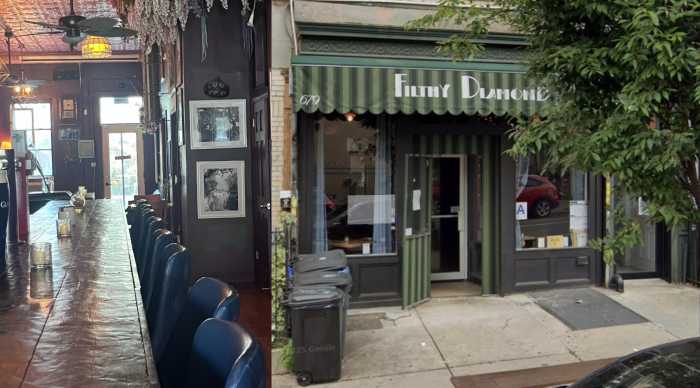The U.S. Supreme Court has denied a petition by landlord groups challenging New York’s rent stabilization law, preserving the program for the time being and allowing the city’s approximately 2 million stabilized tenants a sigh of relief.
Two groups representing rent-stabilized landlords, the Community Housing Improvement Program (CHIP) and the Rent Stabilization Association (RSA), had challenged the city’s decades-old rent-stabilization law — which prevents landlords from raising rents beyond annual percentages set by a city board — deeming it an unconstitutional “taking” of private property. The case was tossed repeatedly from lower courts, but the landlords hoped to get a more sympathetic audience from the Supreme Court, which has tilted far more conservative in recent years.
Despite that, the high court on Monday rejected the groups’ petition, meaning the justices will not hear oral arguments and the case is functionally dead. The justices did not explain their reasoning.
In a statement, CHIP’s executive director Jay Martin vowed that landlords would continue to challenge the legality of rent stabilization in New York City despite losing in court.
“While we were hopeful a broad facial challenge would have delivered the most relief to the most owners as quickly as possible, we remain convinced that the law is irrational and vulnerable to more specific challenges,” said Martin. “One way or another this law must go down, its current form is destroying New York’s housing.”
Martin has contended that the rent stabilization law precludes landlords from making enough money to maintain their properties, characterizing it as “defund[ing] housing.”
“If lawmakers continue to defund housing and attack the rights of owners to earn a living providing homes through policy, we will be left with no choice but to continue challenges at all levels of the judicial system,” said Martin.
But rent stabilization has withstood decades of litigation from landlords, with judges repeatedly ruling the government is within its rights to regulate rents.
In February, the federal Appeals Court for the Second Circuit contended that the law is not a “taking” — defined in the Constitution as “private property…taken for public use, without just compensation” — because landlords voluntarily lease their properties to tenants under the auspices of the rent stabilization law.
They also noted the law “regulates land use rather than effecting a physical occupation.” Case law is “exceptionally clear that legislatures enjoy broad authority to regulate land use without running afoul of the Fifth Amendment’s bar on physical takings,” the Second Circuit noted.
The Appeals Court also acknowledged the social impacts that would arise from overturning rent stabilization, namely a massive wave of evictions and a major “surge” in homelessness.
The Legal Aid Society, which represents scores of low-income tenants facing eviction in housing court, praised the ruling.
“We welcome this decision, one rooted in the law and long-standing legal precedent, from the Supreme Court denying CHIP’s meritless and frivolous lawsuit challenging our city’s rent stabilization laws,” said Redmond Haskins, Legal Aid’s director of media relations.
The high court did not rule Monday on the petitions in two similar cases challenging rent stabilization, led by 74 Pinehurst LLC and 335-7 LLC, but both have similarly been tossed in lower courts and rejected on appeal. Haskins said Legal Aid hopes those two cases “will meet a similar fate” at the Supreme Court.
With the other two cases still pending, a spokesperson for Mayor Eric Adams was hesitant to declare the ruling a victory.
“As Mayor Adams works to tackle the city’s affordability crisis from all angles, the city is closely monitoring the two outstanding petitions and remains committed to defending New York’s Rent Stabilization Law so tenants can afford to stay in their homes and communities,” the City Hall spokesperson said.
City Council Speaker Adrienne Adams rejoiced at the ruling, writing on X, formerly known as Twitter, that the case could have deepened the housing crisis facing the city.
“This is a big deal,” said Speaker Adams. “Roughly 2 million New Yorkers live in rent-stabilized apartments, and this case could have significantly worsened our city’s housing crisis.”
Rent stabilization was first approved by the City Council in 1969 as a means of controlling rapidly escalating housing costs and a diminishing supply of affordable units. Rent-stabilized tenants have a right to a lease renewal, and each year, their landlord cannot raise their rent beyond percentages approved by the city’s Rent Guidelines Board.
About 1 million apartments in the Big Apple fall under the rent stabilization program, which generally applies to buildings built before 1974 with six or more units, and newer dwellings constructed using certain tax breaks. Previously, landlords had various means at their disposal to remove units from regulation, with large rent increases allowed for major capital work, vacancies, and rents rising above a certain limit, but those were mostly disallowed when the State Legislature passed major housing reforms in 2019.
Today, New York is again suffering a chronic shortage of affordable housing; the average market rent for a studio apartment in the five boroughs now sits at more than $3,500 a month, a 60% increase over just three years ago, according to apartment listing site RentHop.
Read more: NYPD Raids Randall’s Island Shelter After Triple Shooting



